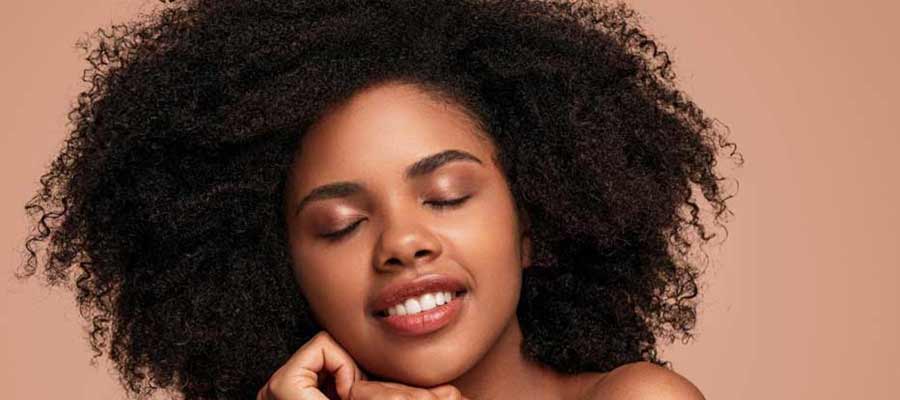If you have been experiencing a lot of trails and errors with deep conditioning, then you should try out the following useful deep conditioning tips.
Keep Things Regular – When hair is deeply conditioned on a regular basis it is less prone to frizz and breakage, softer, more manageable, and better able to retain its length. Keep in mind that what “regular” means will be determined by you. There are some transitioners and naturals who every 3-4 days deep condition their hair. Some do it every 2 weeks. Personally, I shoot for once per week, or if I’m lucky twice per week. I recommend that you start out weekly. Reduce that to every two to three weeks if your hair starts to feel weak and limp. If it is feeling dry still, increase that to twice per week.
Heat it Up – Deep conditioner can make your hair start feeling super smooth and soft (or super strong for protein-based hair) and work double duty, then heat it up. According to an article written by JC from Natural Haven, if you heat your deep conditioner to 35 degrees Celsius (or 95 degrees Fahrenheit) it will increase the effectiveness and amount of adsorption (a good substance that sticks to your hair) of your conditioner. Briefly put, warm conditioner does work better. For best results, use a hot water bath to heat up your deep conditioner instead of a microwave.
Alternate – A major key to having healthier hair is having the right moisture-to-protein balance. When you alternate deep conditioning sessions between protein and moisture it will to keep your hair nourished, strong, soft and minimize breakage to help with length retention and growth. For softness and moisture, stick with conditioners containing fatty alcohols such as Cetearyl, stearyl, and cetyl, along with emollient oils and butter, humectants such as aloe vera and glycerin, and ceramides. For a strengthening treatment, search for ingredients such as henna, keratin, amino acids, and hydrolyzed proteins.
Get Steamy – My detangling, pre-shampoo, and deep conditioning life changed forever when I found Q-Redew. Steam is a major way that I keep my hair hydrated. During deep conditioning sessions, I give myself a boost of moisture as well as for mid-week refreshing. Not only does steam heat up the conditioner it also gently lifts the cuticle to enable conditioning ingredients to penetrate better. When hair is steamed while covered with deep condition helps with improving moisture retention and elasticity as well. If you don’t own a steamer, you can always DIY an at-home steaming treatment when this tutorial is followed.
Focus On The Ends – If you actually read the directions on your deep conditioner jar? A majority of them tell you to start and focus first on the end parts of your hair. I know that I am guilty of doing the exact opposite of that. However, it is most beneficial to start with the end parts of your hair since the ends are the driest, oldest, and most prone to splitting and breakage parts of your hair. When you start with the end, it gives them more time to absorb and soak up all the deep conditioning benefits that are offered by your product.






